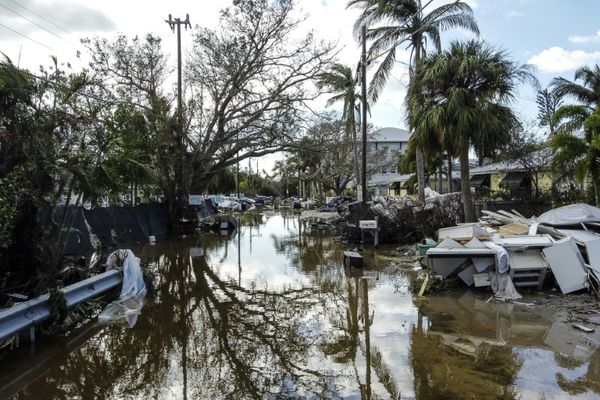
The public administration and safety sector takes on 2,300 new workers in past month, even as Government and Opposition parties call for restraint
New Stats NZ employment data shows the number of people working in the public administration and safety sector has grown by 6.2 percent in the past year – twice the rate of the wider workforce.
It comes as the Labour-led Government orders belt-tightening across the public sector, and National and Act threaten swingeing cuts – in Act's case, 15,000 jobs.
The headcount rose 2,300 just last month. Most of the new jobs are for the Electoral Commission, which hired 3525 people in August – almost all of them casual election employees. It is promising to take on 20,000 temporary roles to help run the election – though some of that recruitment won't kick in until next month.
READ MORE: * Labour campaigns on National's public service cuts * The holes In NZ's 'world-class' public sector
The number of jobs in the public administration and safety sector has risen far faster than the working age population, which Stats NZ says increased by just 2.2 percent in the year to June. Taking out retirees, students and stay-at-home parents, the workforce rose 4 percent over the same period.
Public Service Association national secretary Kerry Davies says these numbers do bounce around and may reflect changes in work patterns such as a move to part-time work and responses to events like Cyclone Gabrielle.
"Overall, our public sector is right sized for our economy, and broadly has grown in proportion to the working population since 2017," she says. "That is in line with other developed economies like the UK and Australia, and follows a rebuilding of the public service under this government.
"What is under threat, should there be a change of government, is this trend reversing with a significant downsizing of the public sector. This will impact the services New Zealanders rely on."
Filled jobs by industry
But National's public services spokesperson Simeon Brown rejects that.
“Under Labour there has been significant growth in back office bureaucracy with an increase of over 15,000 more core public servants in the public service," he tells Newsroom.
"National has made it clear that we will be expecting the core public service to find savings of 6.5 percent from departmental output expenditure. These savings will be from back office functions and will not affect frontline service delivery for Kiwis.
"Grant Robertson has not met any of the fiscal parameters he has set for himself over the past six years, so it is highly unlikely he will find the savings he has outlined given his addiction to spending and taxing."
The offices of the Finance Minister, and the Minister for the Public Service Andrew Little, have both been approached with questions about whether public sector management is disregarding Government calls for belt-tightening.
CTU economist Craig Renney notes the Stats NZ data published yesterday reflected headcounts of employees, including some who might be part-time or temporary. The rate of increase in full-time equivalent roles is more stable.
"This same level existed under Helen Clark, John Key, Bill English, Jacinda Ardern, and Chris Hipkins," he says. "That suggests a public sector growing in line with general increases in employment – rather than one that has seen faster growth."
He agrees the Stats NZ monthly data does show a recent increase in the number of people working in public administration and safety, which he puts down to factors including the cyclone recovery, the forthcoming election, and vacancies being filled due to increased migration and a cooling labour market.
"It’s very unlikely to be a consequence of departments going on an uncontrolled hiring spree," Renney says.
"The fact that employment has gone up shouldn’t be interpreted as a sign of public sector largesse. We need public sector workers to fulfil the vital work that they do in making sure our borders are safe, that our public services work well, and that our communities have the infrastructure to work.
"Most public administration work and safety work is either in front-line roles, or in positions supporting those on the front-line. For too long we have had too little capacity in the public sector, rather than too much."
Infometrics economist Sabrina Swerdloff says the 6.2 percent per annum rise in public administration and safety jobs in August – the largest annual rise since Feb 2022 – was definitely stronger than expected, particularly given the government’s more difficult fiscal position.
And there's more to come.
Based on the 2020 experience, she expects public sector employment begin accelerating seriously from now, as fixed term staff are employed by the Electoral Commission.
"August’s growth is also surprisingly strong as it builds on an already considerably larger level of government employment, which has increased considerably in recent years," Swerdloff says, "both due to the pandemic but also before the pandemic, with a larger number of reviews and policy revamps being undertaken."
Government production costs (percentage of GDP)







